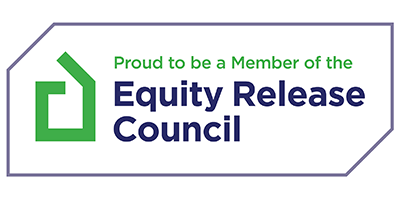In this article
A HMO, or house in multiple occupation, is a property that’s rented out by several people who aren’t from the same household.
These tenants will usually have their own private rooms, but share communal areas like a kitchen or bathroom.
A HMO mortgage is a type of buy-to-let mortgage specifically designed for landlords looking to finance this kind of property.
This setup is popular in areas with high tenant demand, particularly among students or young professionals, and can offer higher rental yields than standard buy-to-lets.
At the same time, HMO properties come with their own set of responsibilities and lending criteria, which makes them a more specialist part of the buy-to-let market.
How is a HMO Property Defined?
Although the exact definition can vary slightly depending on the local authority, a property is generally classed as a HMO if it meets one or more of the following:
- It is occupied by five or more people
- It has more than one tenancy agreement in place
- It includes five to seven lettable rooms
In many cases, HMO properties require a licence from the local council, especially if they meet the definition of a large HMO.
This often brings additional rules around things like safety, facilities and the way the property is managed.
Speak to an Advisor – It’s Free!
Schedule a free callback from one of our experts today.
- All situations considered
- Transparent and honest mortgage advice
- We search 1000s of purchase and remortgage deals
Our customers rate us 4.9/5
What Type of Landlord Are HMO Mortgages Aimed At?
HMO mortgages are typically suited to more experienced landlords.
Most lenders will want to see that you already own at least one buy-to-let property and that you understand the additional demands involved in managing a HMO.
This includes having systems in place to deal with multiple tenants, understanding how the property needs to be maintained, and staying on top of your legal obligations.
If you’re new to letting, it’s more likely that lenders would start you off with a standard buy-to-let mortgage before moving into HMO territory later on.
How Do HMO Mortgages Work?
In terms of structure, a HMO mortgage isn’t wildly different from a standard buy-to-let.
You’ll still need a deposit, you’ll still have affordability criteria to meet, and the rental income from the property will be a key part of the application.
The main differences tend to be in how lenders assess the property and the way it’s occupied.
They may ask for additional information around the layout, licensing, fire regulations, or how tenancy agreements are structured.
Some lenders will want to see separate tenancy agreements for each tenant, while others are happy with a joint agreement.
Rates and lending criteria can vary more widely with HMOs, particularly if the property is on the larger side or you’re applying through a limited company structure.
What Are the Pros and Cons of a HMO?
For landlords, one of the main advantages of a HMO is the potential for higher rental returns. Renting to five individual tenants usually generates more income than letting the same house to a single family.
On the other hand, there are more variables involved. With multiple tenants, you’re managing more contracts, more relationships, and likely dealing with a higher turnover.
There can also be more wear and tear to factor in, especially if the tenants are students or there’s less consistency in occupancy.
It’s also worth keeping in mind that licensing and legal requirements are more complex than with a typical rental, and different councils will have different rules about how HMOs must be managed.
Can a HMO Mortgage Be in a Personal Name or a Company Name?
Many landlords choose to hold their HMO properties through a limited company, often referred to as a Special Purpose Vehicle (SPV).
Others prefer to keep things in their personal name. Both routes are possible, and lenders support both options.
Which is better depends on your wider tax position, plans for the property, and how you manage your portfolio.
A mortgage advisor will be able to walk you through the differences, and you may want to speak to a tax specialist before making that decision.
What Should I Know About Tenancy Agreements?
There’s no one-size-fits-all rule when it comes to how tenancy agreements are structured in a HMO.
Some landlords use a single agreement with all tenants listed on it, particularly if the group moved in together.
Others use individual agreements for each tenant, which can make it easier to replace one person without needing to update everyone’s paperwork.
Different lenders have different preferences, so it’s worth discussing your setup early on in the process.
This helps avoid delays later and ensures you’re applying to a lender that’s happy with your planned arrangements.







